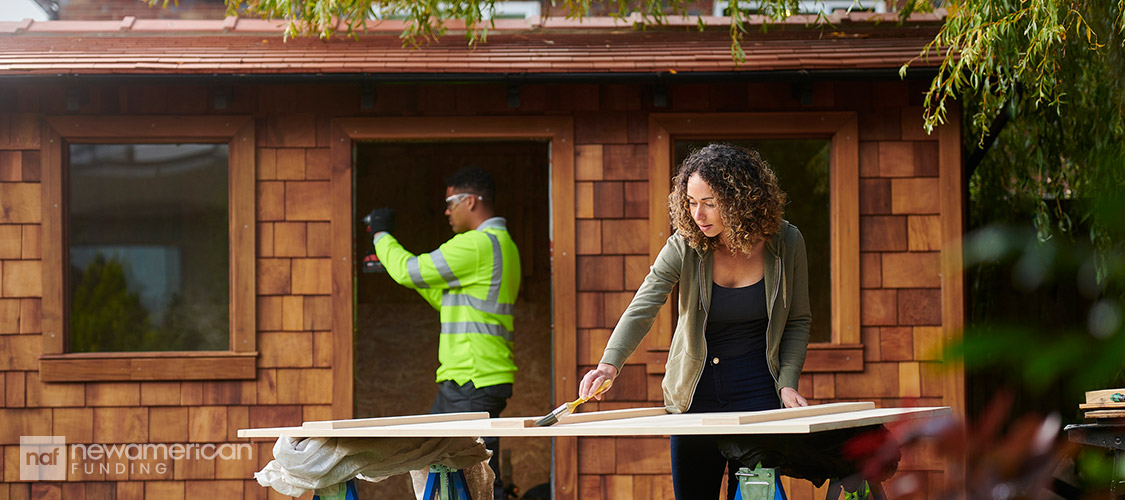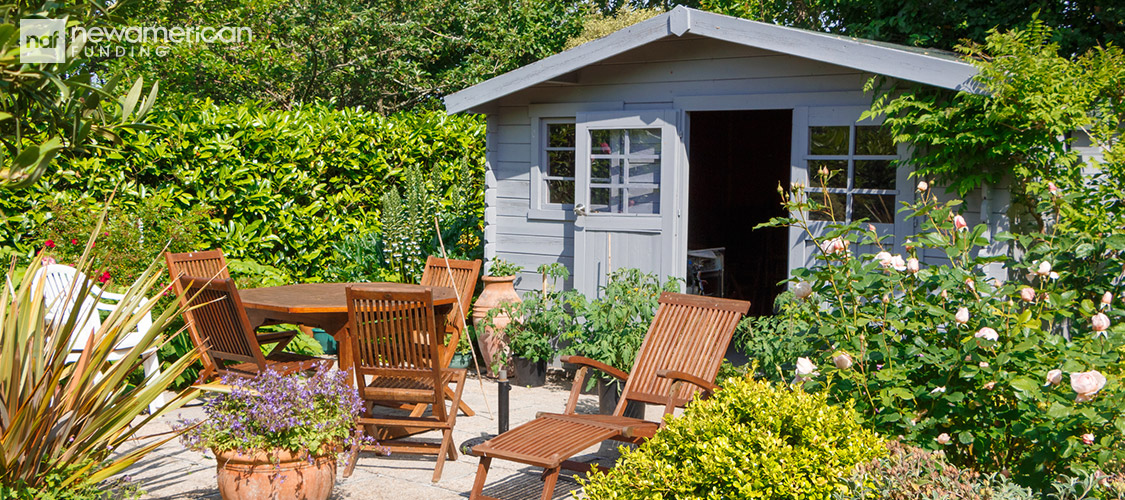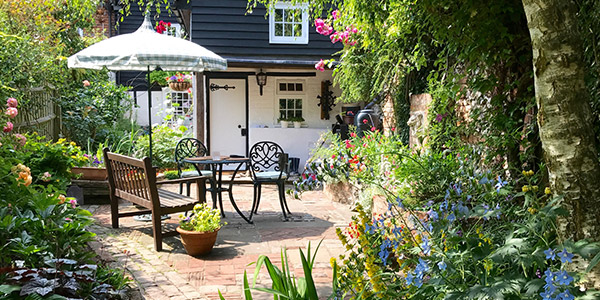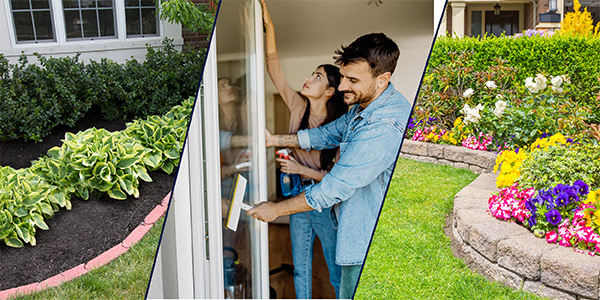Homeowners
Looking for Ways to Boost Your Income? Consider an Accessory Dwelling Unit in Your Backyard
August 13, 2024
In February of this year, Yosef Adde, 45, added a cozy 600-square-foot unit to his single-family home in Los Angeles. The unit has one bedroom, a full bathroom, a kitchenette, and a small living area.
He mostly uses the accessory dwelling unit (ADU) to house visiting family members, but he also rents it out occasionally to earn additional income.
"Financially, it's a boon, providing us with an extra revenue stream that boosted our income by 20%,” said Adde. “It also offers flexibility in hosting guests without disturbing our main living space."
ADUs are increasingly becoming a popular solution for homeowners in pricey states, such as California. These secondary homes can include detached units on someone’s property, garage conversions, or be an addition to their existing home—if local laws permit them.
These dwellings can provide homeowners with additional living space for aging parents or adult children. Other folks are enticed by the potential for extra income from year-round tenants or short-term renters in areas where the uses are allowed.
The soaring popularity of accessory dwelling units in California

California is at the forefront of the accessory dwelling unit movement, and for good reason. With some of the highest home prices in the country, Californians are increasingly turning to ADUs as a more affordable housing option.
The median home list price in the state was $789,000 in June, according to the latest Realtor.com data.
There were an estimated 1.5 million ADUs in the U.S. as of 2021, according to a survey from Porch, a home services site. California led the way with 30% of these units, followed by Florida with 12%, Texas with 10%, and Georgia with 5%.
While ADUs have a long history in California, getting them approved has not always been easy. The state began permitting them in 1982, but many local governments made them nearly impossible to build.
However, the tide began to change in 2016 with new legislation. Over the years, California lawmakers reduced parking rules, removed owner-occupancy requirements, and mandated that local cities approve both attached and detached ADUs.
As a result, the number of permits for ADUs has skyrocketed. Between 2016 and 2022, ADU permits went up by 15,334%, resulting in 83,865 permits issued, according to California YIMBY.
"ADUs are a fantastic way to maximize your property's potential by offering extra living options," says Phil Chenier, a New American Funding Loan Officer in Long Beach, CA.
Sean Phillips, who started and runs Otto ADU in Los Angeles, has helped 60 homeowners add ADUs to their homes. They typically range in size from about 400-1,200 square feet.
His clients use them in a variety of ways. About 40% rent them out, 30% use them as an extension of their homes for guests, and 30% house a family member in them full-time.
"One of our ADUs has housed three different LA creative newcomers," said Phillips. "They've used the compact space to launch ventures ranging from podcasts to a juice business."
ADUs are trending across America

The ADU trend isn't just a California thing. It is spreading across the U.S. As of 2024, other states that permit them include Arizona; Texas; North Carolina; Florida; Maine; Washington; Oregon; Minnesota; Hawaii; West Virginia; and Wisconsin.
Construction on ADUs is booming in the Seattle area, with nearly 1,000 permits issued in 2022, up from 280 in 2019, according to a report from the City of Seattle. That’s a whopping 250% increase.
"[Many] cities and municipalities support the idea of ADUs because it seems to be a nice band-aid fix to help with affordable housing for those struggling to find homes," said Chenier.
How much does an accessory dwelling unit cost?
Building a new accessory dwelling unit may not be cheap.
They usually cost between $150 to more than $600 a square foot, according to Angi, which helps customers connect with home improvement and other professionals.
That means homeowners could pay $60,000 on the low end to more than $360,000 for construction.
However, converting a two-car garage into an ADU may be on the cheaper end, according to Angi.
How to finance an accessory dwelling unit?

One of the first questions many homeowners have is how to finance the construction of an ADU on their property.
Many use a Cash-Out Refinance or Home Equity Line of Credit to fund the construction.
Once homeowners have checked local regulations to ensure ADUs are permitted and have a solid contractor's proposal, they can consider using their home's equity to fund the construction.
Another way to potentially fund the project is a loan through the Federal Housing Administration (FHA), Fannie Mae, and Freddie Mac. These entities provide home improvement loans, which can include funding for Accessory Dwelling Units (ADUs).
"These loans might be more complex than a simple cash-out refinance but are worth exploring for those who qualify," said Chenier.






 Smart Moves Start Here.
Smart Moves Start Here.